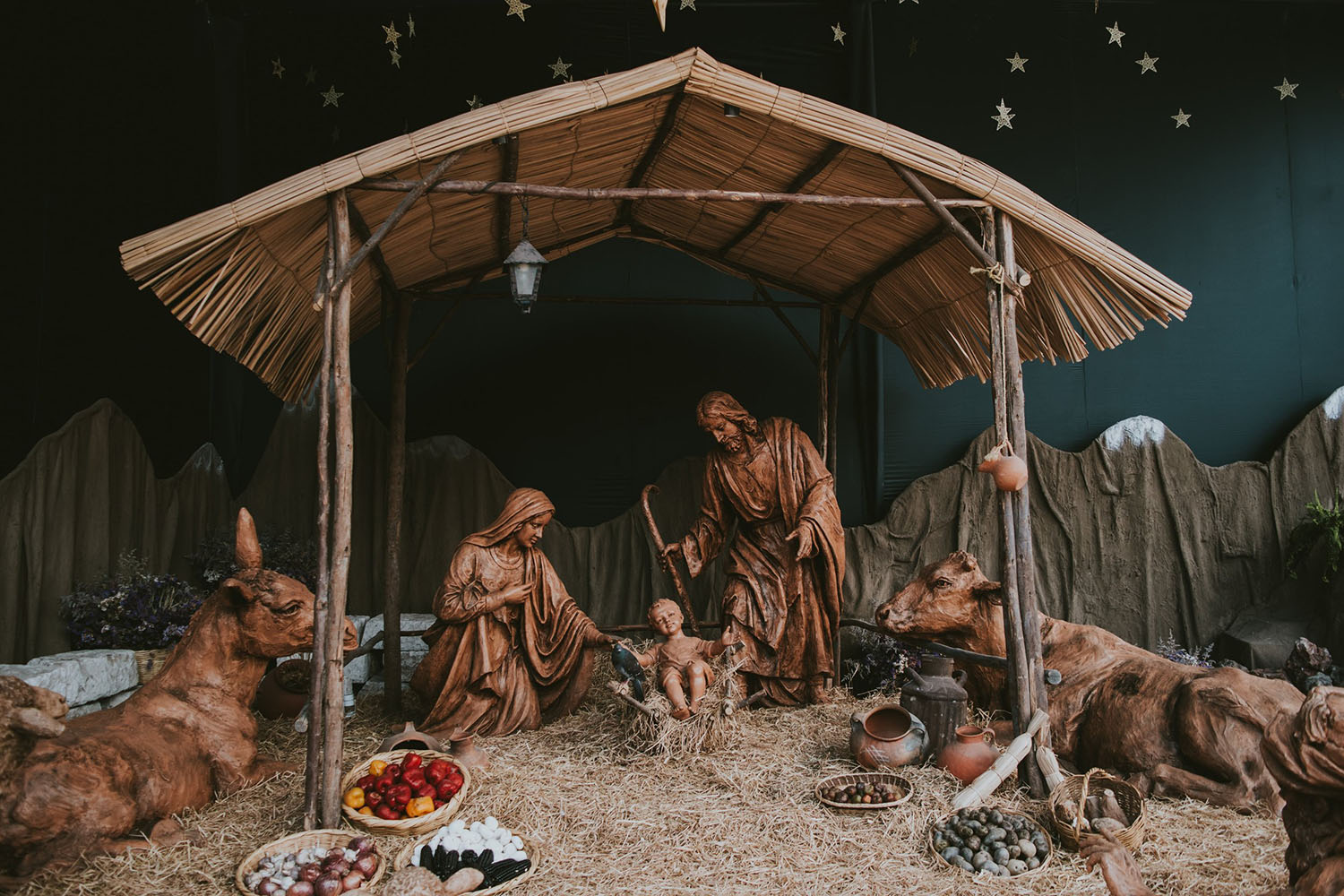No Room in the Inn?
By Dr. Noel Rabinowitz
December 21, 2022
When Joseph and a very pregnant Mary arrived in Bethlehem on a cold winter night, so the story goes, they were turned away by a heartless innkeeper and were forced to take shelter in a lonely barn on the outskirts of town because there was no room for them “in the inn.” While that version of the story of Jesus’ birth tugs at the heart strings and makes for a great Hallmark Christmas Special, it’s not accurate.
In Luke 2:7, the Greek noun κατάλυμα (kataluma) is frequently translated “inn” but the word actually means “guestroom.” It’s the same word used in Luke 22:11 when Jesus instructs the disciples to ask the homeowner where the guestroom (κατάλυμα) is in which he will celebrate the Passover with his disciples.
Owing to Christmas tradition, most people envision a public inn with an actual innkeeper - but this understanding of the word is incorrect. Bethlehem was just a small village in the first century and there would be no need for such an establishment. Commercial inns did exist during this period but they were located along major highways. Luke uses the term πανδοχεῖον (pandocheion) when he refers to this type of establishment in the Parable of the Good Samaritan (Luke 10:34). The inn in the parable is located on the road between Jerusalem and Jericho.
The kataluma to which Luke refers was a guestroom located in a first-century Israelite house. These two-story houses consisted of several small rooms and an open courtyard. The family slept to the back of the house on the upper floor while the lower floor contained the kitchen, storage rooms and space for animals.
Joseph and Mary traveled to Bethlehem in order to register for the census (Luke 2:4). The couple would have sought out relatives to stay with in the village. However, because the guestroom was already occupied by other relatives who had arrived for the same purpose, they took shelter on the first floor of the house where animals were located. During this time of year, the flocks were kept in the fields (as Luke 2:8 reminds us) but small or valuable animals were brought inside the house for the night. Archaeologists have discovered stone mangers on the first floor of these houses confirming their use as a stable.
The room was partitioned by a wall with a low row of windows. The animals were housed behind the wall with animal fodder and other supplies stored in front. This is where Mary and Joseph settled in for the night. It's also possible that they sheltered in a cave connected to the house on the floor level. Houses in the hill country were sometimes built in front of caves and used for storage and to keep animals.
Admittedly, sharing a room with animals doesn’t sound very appealing by today’s standards but in ancient cultures the practice of keeping animals inside the home was not uncommon. And there truly wasn’t a Ramada Inn nearby! – so they needed to make due. The truth is Joseph, Mary and their new born child were warm and dry and safe from the elements. And contrary to popular tradition – they were not alone and abandoned. Mary gave birth to Jesus in a house bustling with activity, surrounded by family and friends.

